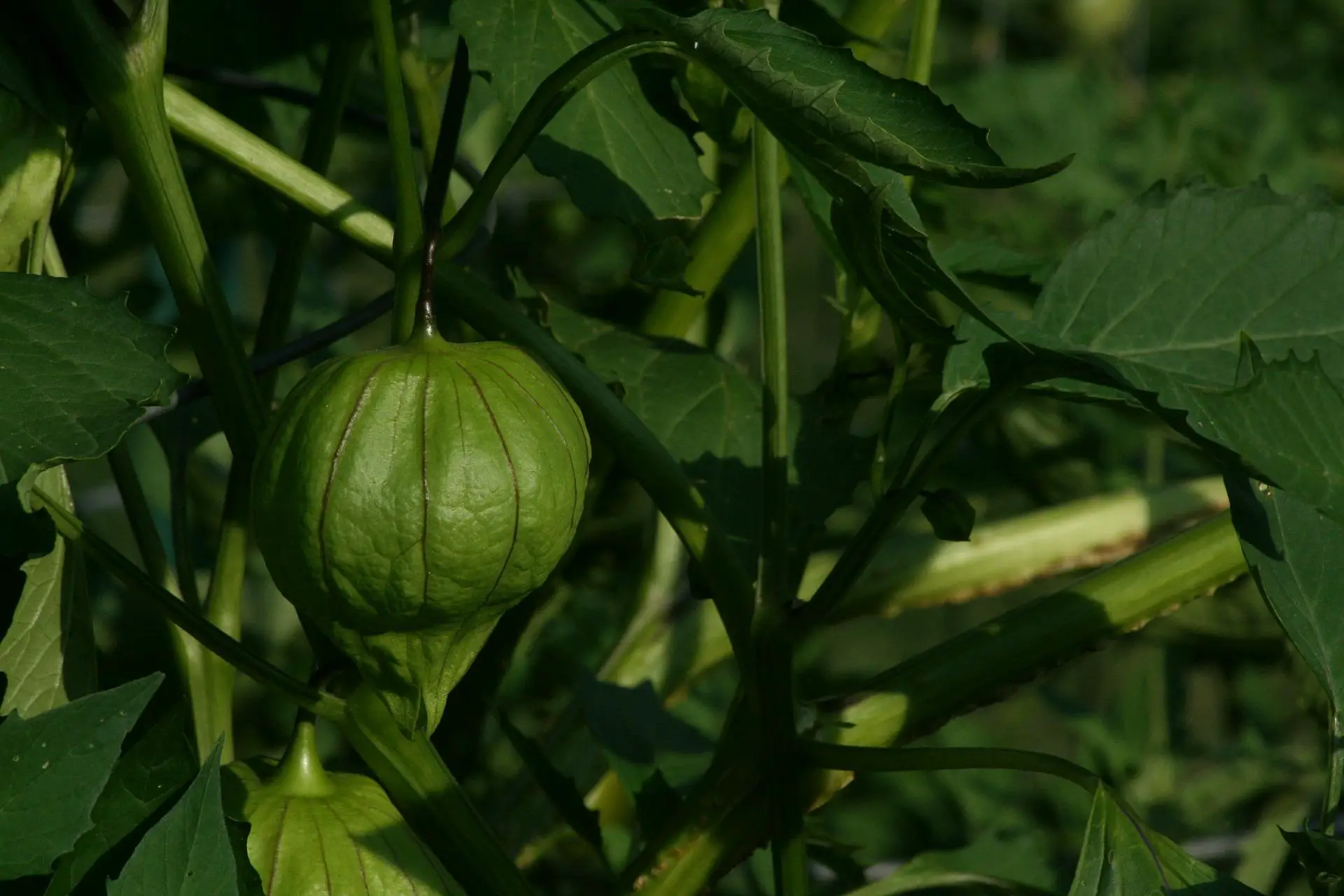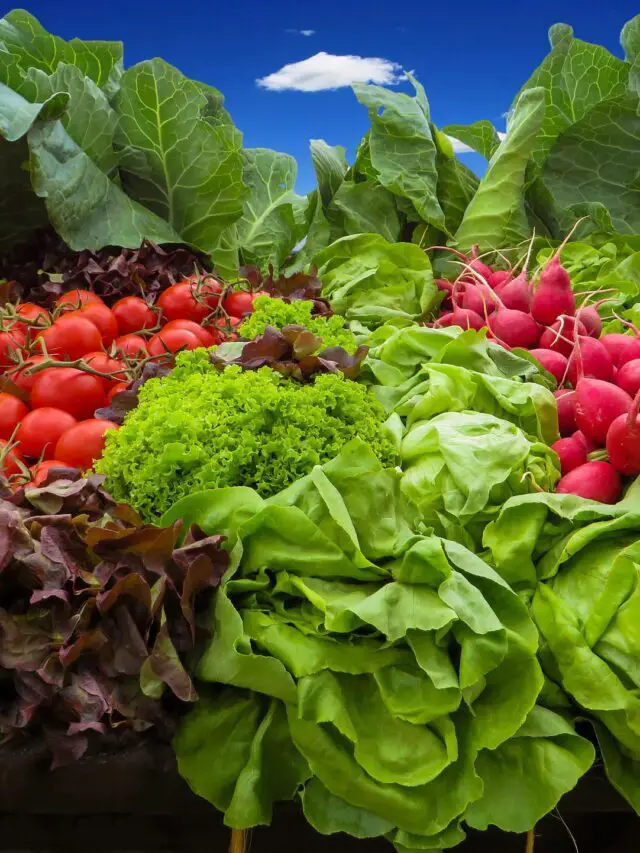Can you image growing peach trees in a traditional orchard, exotic root vegetables as a replacement for potatoes, or strange and fascinating salad leaves in the summer when our regular lettuces have bolted?
“In ten years, we won’t have as many apples or potatoes or other crops that are really struggling, and instead, we’ll see more fruits and a greater range of fruits,” Dove predicted.
“We will see a variety of fruit crops, such as oca and mashua, growing alongside potatoes, particularly maincrop potatoes, which are suffering from blight.” Summers are becoming wetter and warmer, increasing the prevalence of fungal illnesses.
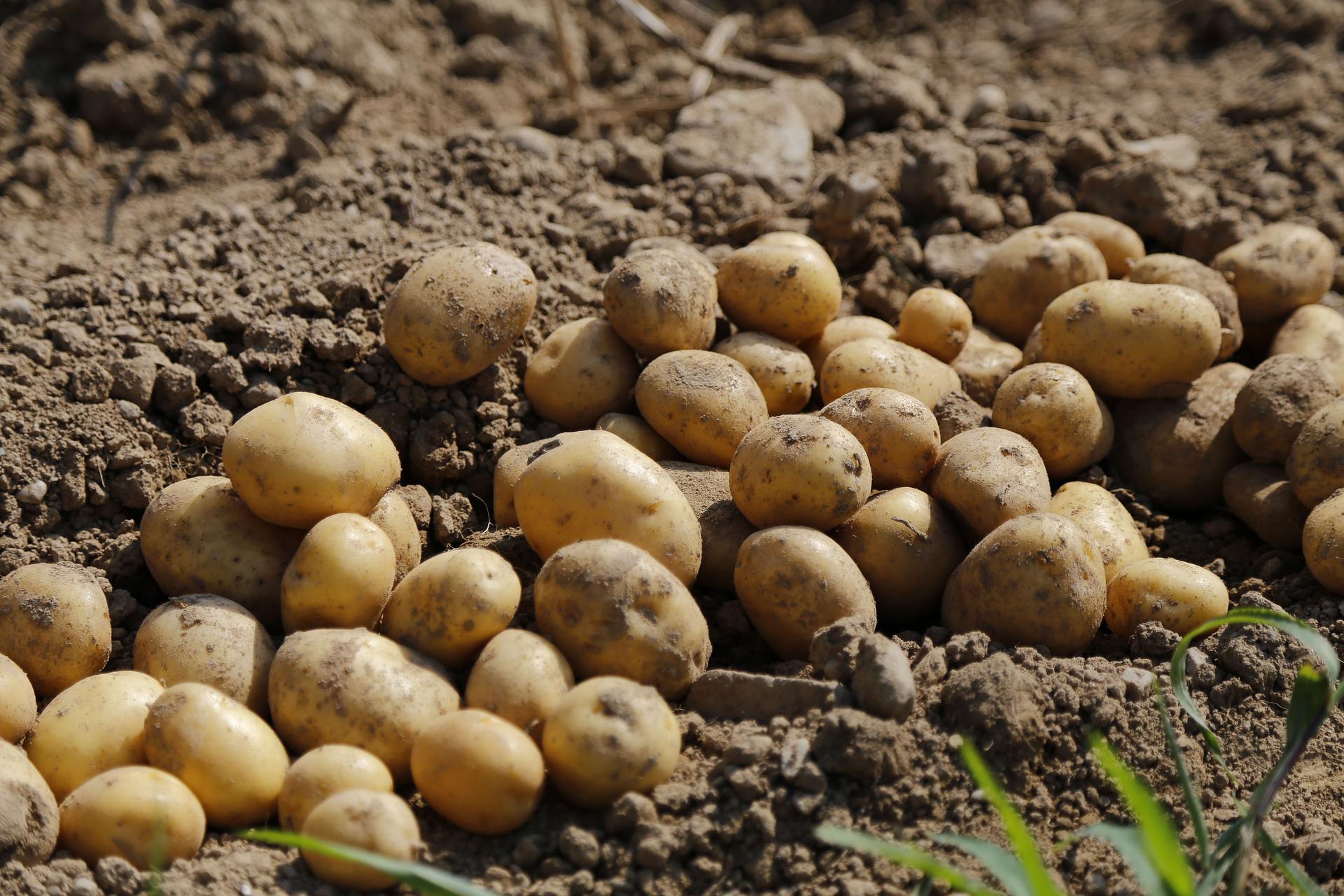
“To become robust, we must cultivate various things alongside what we’ve historically grown, so that if one item fails, there is something else for recovery or replace it.”
There are over 7,000 known edible plant species that we could be eating, and crop diversity is critical to feeding the world’s growing population, according to Kew scientists, whose research highlights future plant-based foods such as akkoub, the morama bean, and Coffea stenophylla, a coffee species capable of growing in higher temperatures that was rediscovered in the wild in 2018.
So, what might we naturally cultivate in our own country in the future? Farmers can easily apply loans for cultivation of future food crops.
Future Plants/Food
Oca
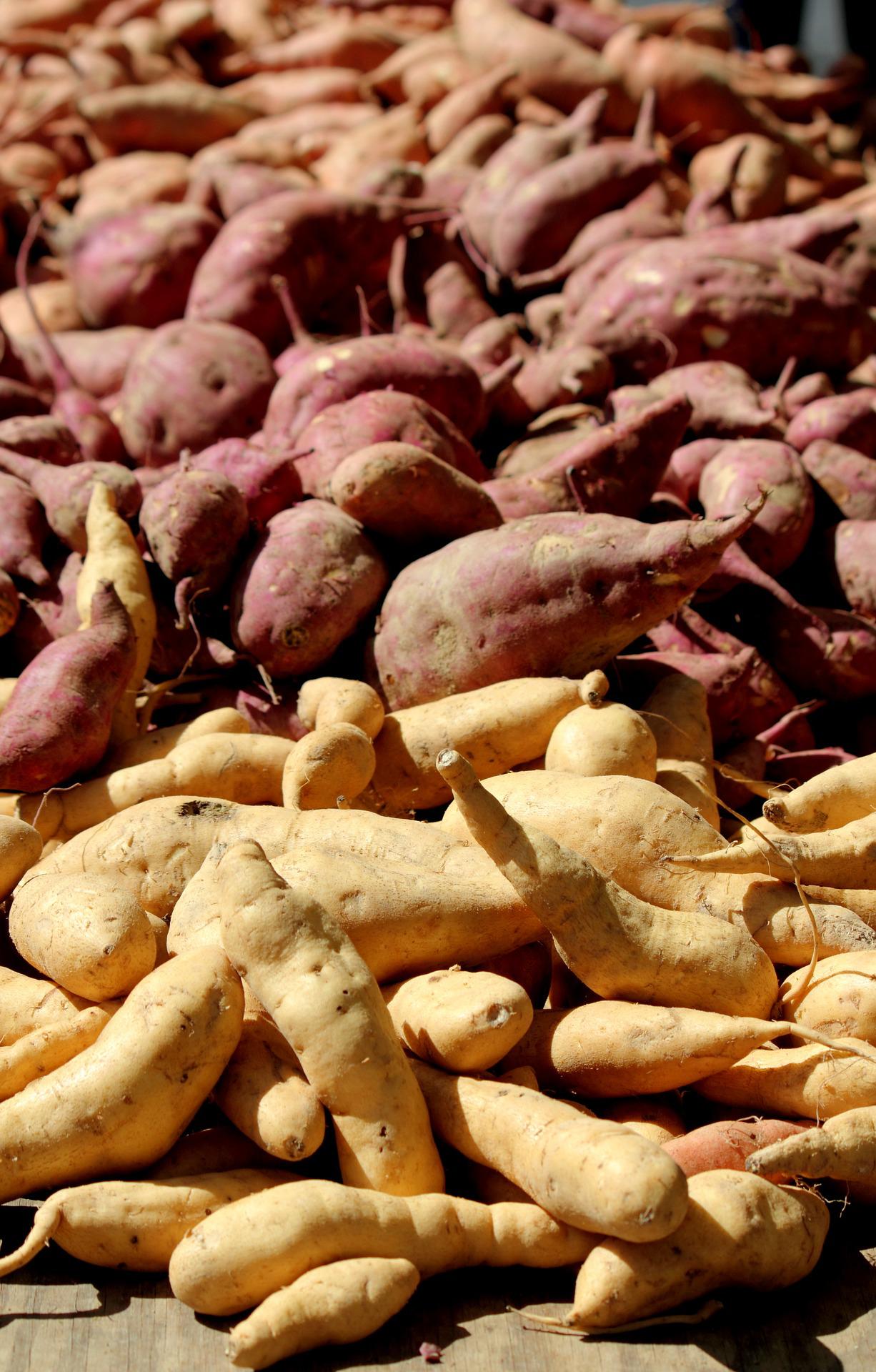
“These are root vegetables that I produce alongside potatoes,” Dove explains. “They would switch maincrop potatoes for an autumn harvest and avoid blight.” They are from the Andes, the same region as potatoes, and we are currently experimenting with them to see how well they will grow.”
You’ll still have potatoes, but if one thing fails, another can take its place.”
Oca tubers have a fresh, lemony flavour and can be mashed or roasted like potatoes, while their leaves can also be used in salads.
Mashua
“This is an Andean climbing nasturtium with tasty leaves,” Dove explains. “Mashua has a peppery flavour, climbs, and has a profuse white root that looks like a huge teardrop. They are harvested in the autumn and are delicious grilled. They are available from internet sellers in the same way as seed potatoes are. They are handled the same as potatoes and do not suffer from blight.”
Orchard expansions
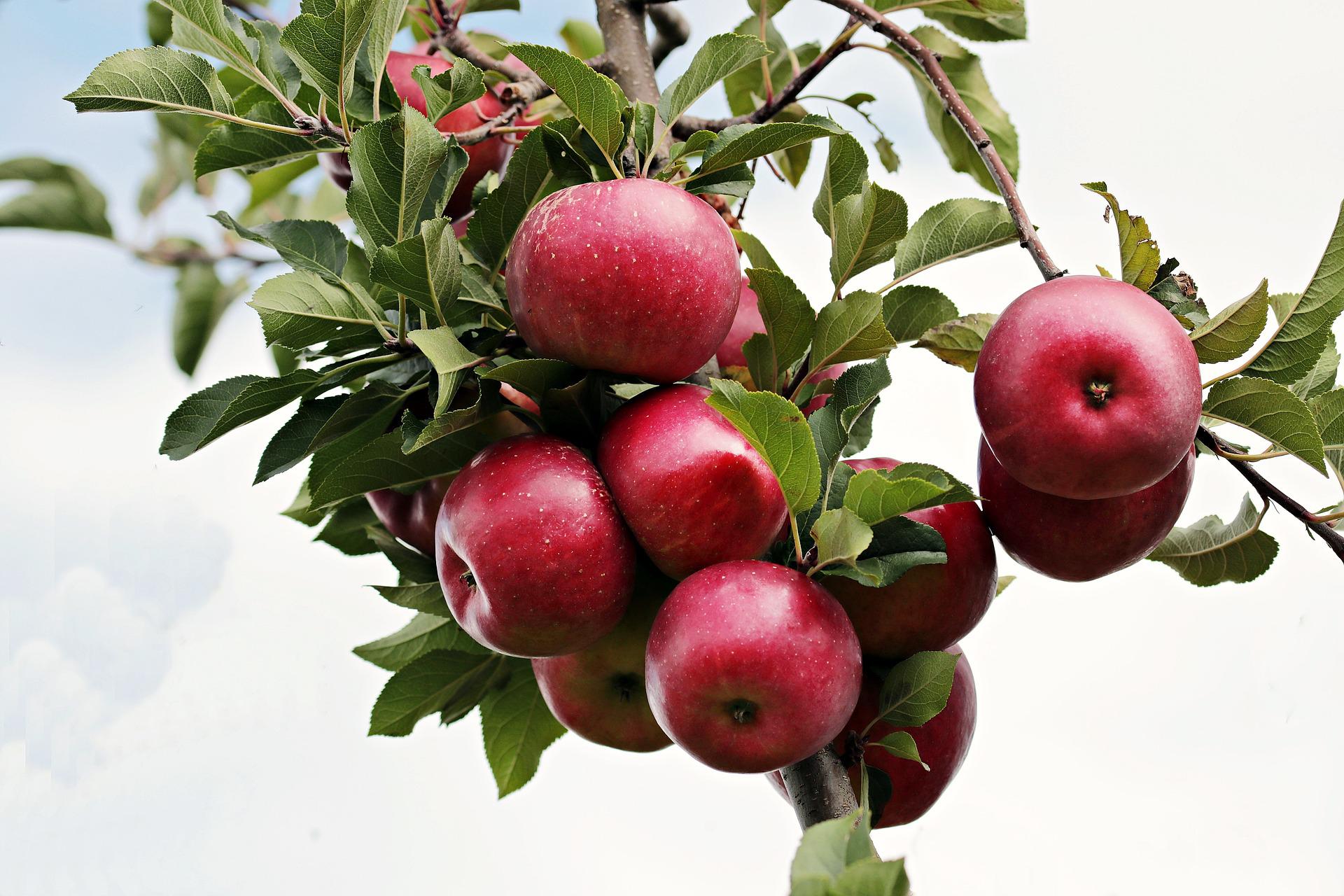
Heritage apples require a specific level of winter cold to remain dormant, but as our winters become warmer, they become less productive, according to Dove. Apple types from South Africa and New Zealand perform better here since they don’t require as many chilling hours throughout the winter.
“A classic British orchard, which used to have apples, plums, pears, and cherries, will most likely contain other varieties, such as South African variety and possibly peaches. In the future, I picture peach trees flourishing alongside apple trees.”
“Warmer winters are having a more negative impact on growing in the kitchen garden than our summers,” she adds. “Perennial plants are not entering dormancy, and pests and diseases are not being eradicated.”
Tomatillos
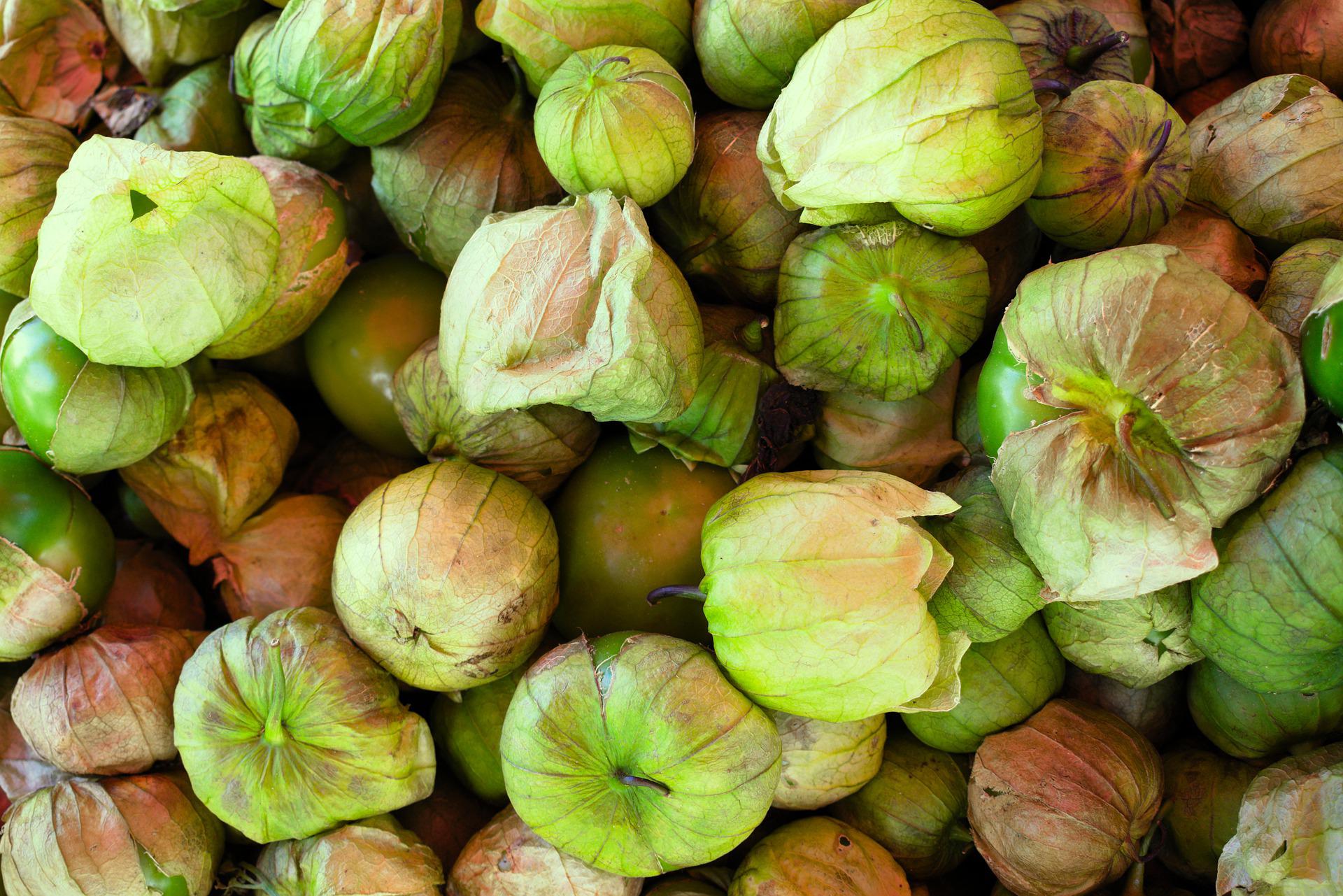
“These are Mexican in origin and require the current heat, and they do not suffer from blight, despite the fact that the fruits are extremely similar to tomatoes.” They aren’t as sweet, but they make great salsa, are easy maintenance, and are more of a culinary tomato. “I’ve never seen them in stores, but I believe we will in the future.” As climate change continues, we may see an increase in the number of them. They bear fruit later than tomatoes, in August, and are not frost-tolerant. However, frosts are arriving later as the winters become warmer.”
Malabar spinach and callaloo
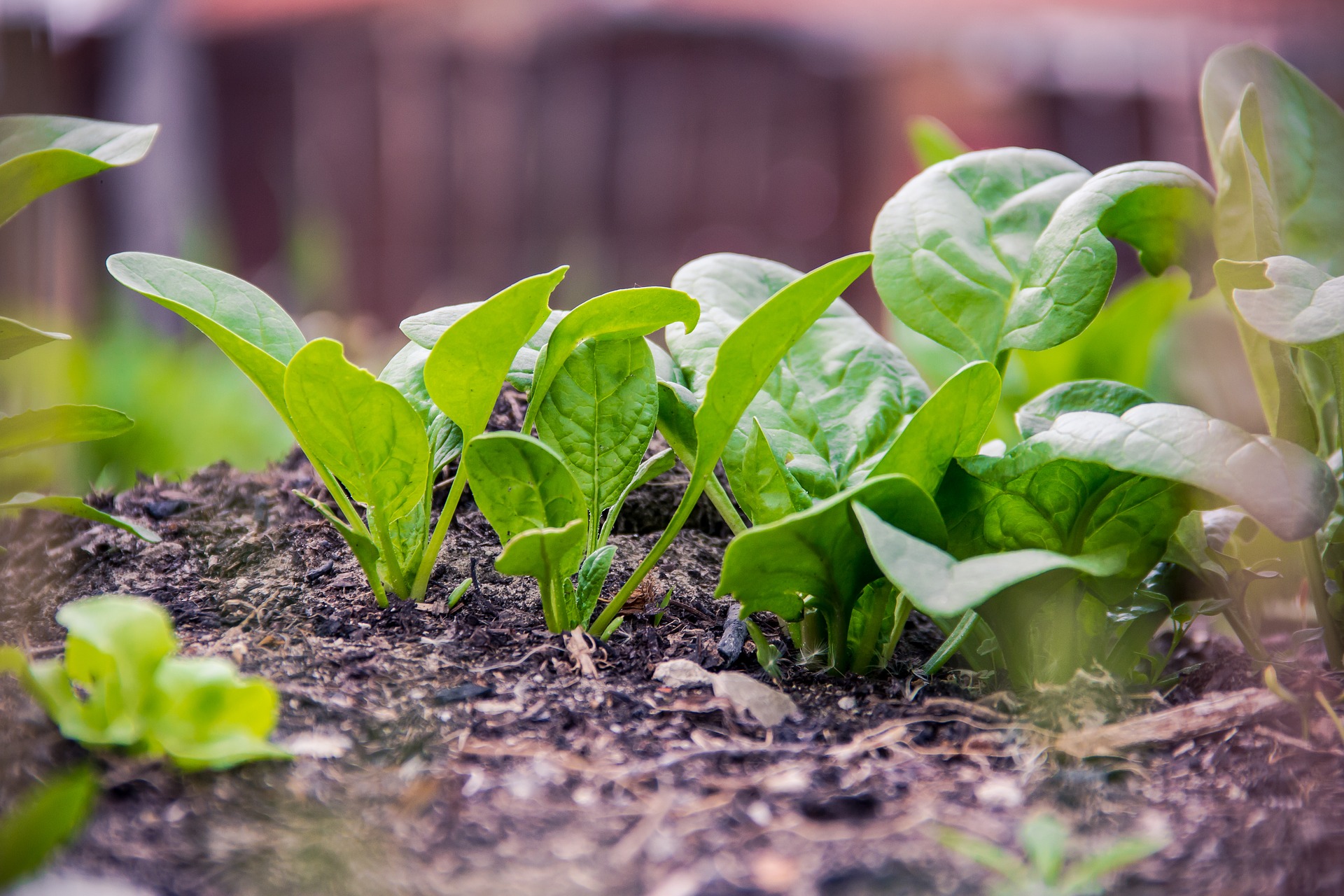
“In the midst of summer, people struggle with lettuces, so I cultivate different items like callaloo, a Jamaican leaf that has adapted to thrive well in this country, and malabar spinach (originally to tropical Asia), which is not technically a spinach but a vine that is great for vertical planting.” The leaves are edible but taste a little like spinach, and it grows quickly. To replace the lettuces, we will plant heat lovers in the midst of summer. You can sow them till the end of June, and once they begin to grow, they will last until the first frosts. And you never see callaloo in the supermarket.”
Peaches and apricots
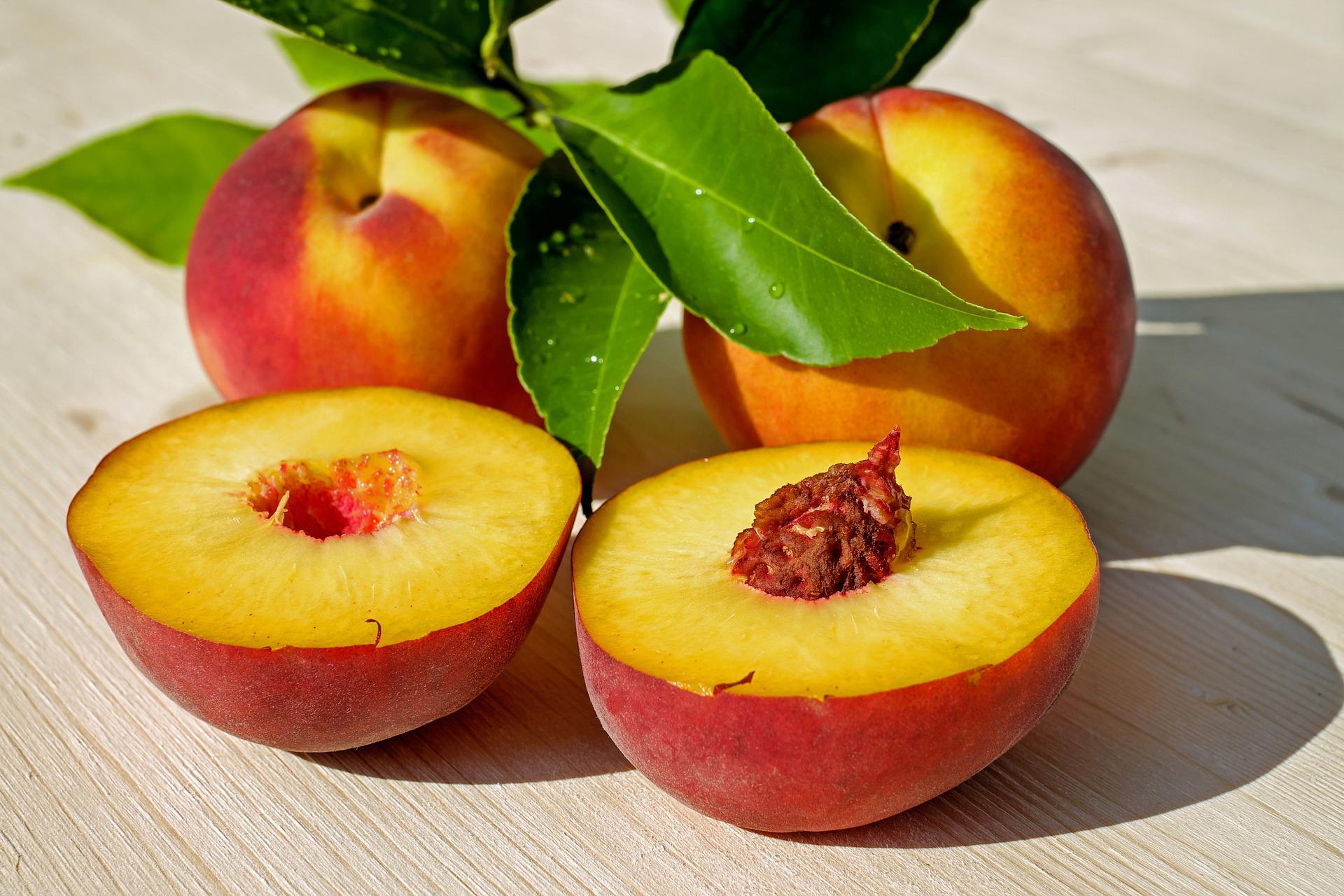
“Mediterranean and warmer-climate plants, such as peaches and apricots, are becoming more capable of bearing fruit outside in the UK.” Peaches were once only grown under glass, but now they may be grown outside. The disadvantage of such fruits is that they all bloom very early in the season, when we still get frost, so you need to protect them from frost with a little fleece at the moment.” However, breeders are creating varieties that bloom later. We could never have ripened them outside twenty years ago, but today we can.”
Persimmons and kiwi fruits
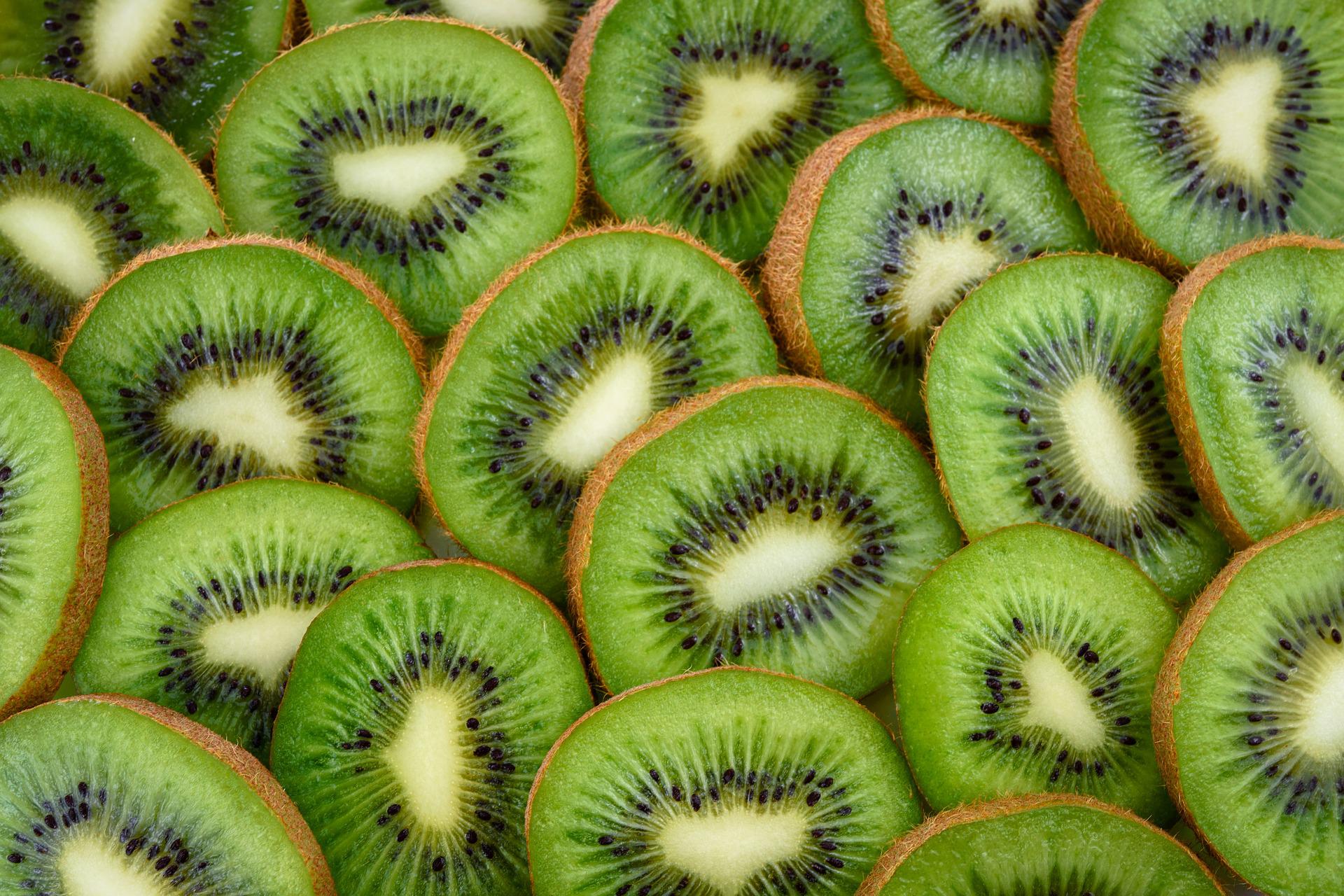
“In the future, we will be able to mature them more outdoors than ever before.” Brick walls provide a little extra heat and are worth trying, especially if we’re in for a hot summer.” It won’t be long before we can grow these plants outside, especially because breeders are attempting to develop cultivars that are better suited to our light and temperatures. I believe there will be guaranteed crops within the next five to ten years.
